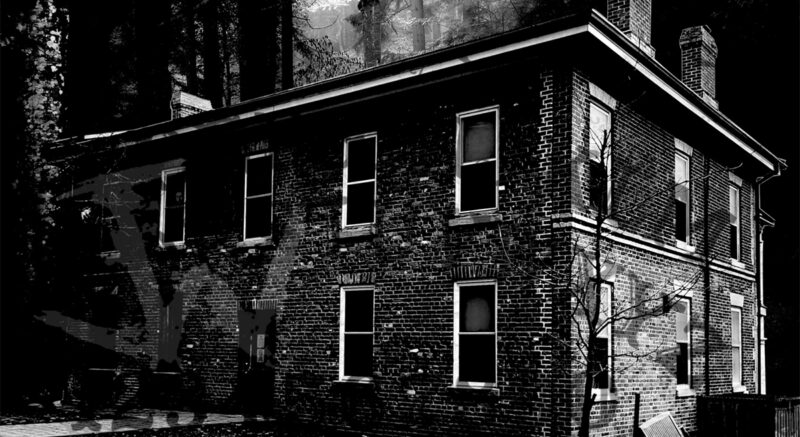Former home of Ontario’s second Lieutenant Governor and Father of Confederation, William Pearce Howland, has endured over 160 years
There’s something special about Lambton House that attracted mentalist Jaymes White’s attention: it endures.
The house avoided destruction during the 1878 Humber River flood. It survived a fire that devastated the community of Lambton in 1915. It survived Hurricane Hazel in 1954. It’s even had luck on its side when developers tried to illegally remove a portion of it in 1988.
Now, it will house White’s sixth annual séance, one which he says he hopes to exemplify our ability to endure, especially as we emerge from the pandemic under concerns of another recession.
“We’re hoping we can get (guests) to connect to the house, feel something,” White said, in a September phone conversation. “(A séance) is what you bring into it. So, it’s not about if you’re a skeptic, if you’re a believer, what it’s more about is working as a team to do something you’ve never done before.
“If they go into it, full feet, jumping as if it were a pool and give it a chance, they’ll get something out of it.”
Howland Inn, more commonly known as Lambton House, was first established in 1847 as part of the Lambton Mills area. The land was leased to William Pearce Howland by Thomas Cooper in 1840. Howland was one of the Fathers of Confederation and the only one born in the United States. He also served as Ontario’s second Lieutenant Governor and helped to found the Dominion Bank.
The current Lambton House structure was built in 1860. The area also included a grist mill, sawmill, woollen mill, stables, general store and post office, which were razed through various tragedies, including a Sunday night demolition that destroyed an L-wing extension.
“What I found most fascinating is that so many things have happened, like natural disasters, in that area, and for some reason, that house has not fallen,” he said. “It’s one of those weird things where it’s, ‘How is this house even alive right now, or still up?’”
It was designed by architect William Tyrrell, the father of Joseph Tyrrell, of dinosaur fame, and the name museum in Drumheller, Alta. is named after.
Historic figures aside, it’s also had a salacious reputation over the years a la the TV show “Deadwood”. There are rumours that the watering hole had been used as a gambling den and brothel, which perhaps prompted Howland’s one son, William Holmes Howland, to clean up all the saloons and create the image of “Toronto the Good” as the city’s 25th mayor.
White said he tapped into local sources to get the dirt on the old tavern.
“A few friends’ parents used to go there when they were younger … and they had all these ghost stories,” he said. “We got all these people to share with us everything that they know.”
One story that stood out the most to White was the story of an armless war veteran who would ride on a horse with a cape to the tavern.
“When he would drink, he would use his teeth because he had no arms. He would have a clanky sound while drinking,” White recalled. “After he passed away, all these people started reporting that clanky sound as if he were still there.”
His tour guides have even started to report the same sound.
“There’s nothing there. It’s empty, but it literally sounds as if someone’s grabbing a cup with their teeth.”
White’s séance runs from Sept. 30 to Nov. 26. Group sizes are 16 to 18 people.
Photo courtesy Jaymes White

